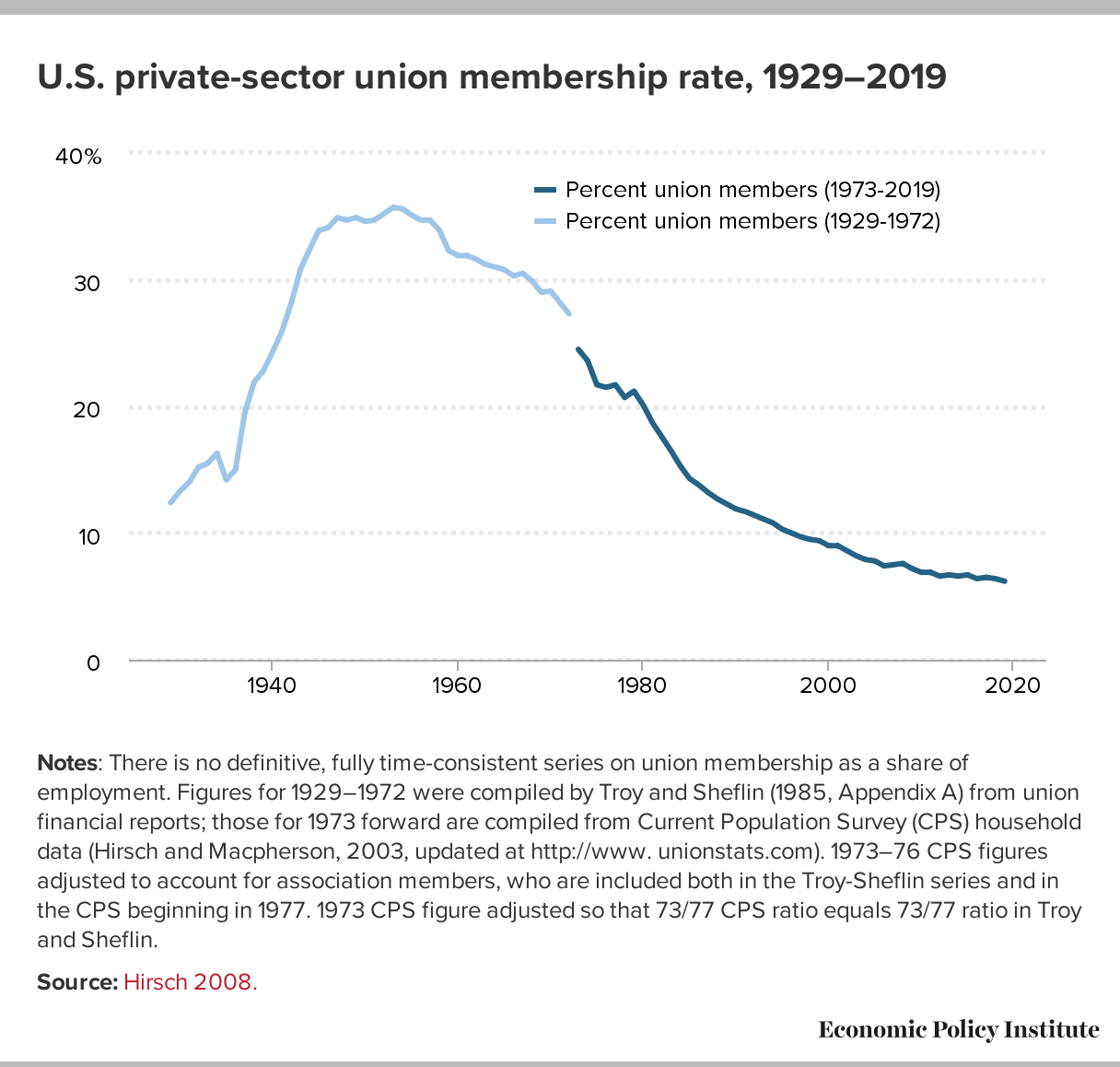


It’s no day at the beach

It’s Complicated
And then some
Sometimes you read that about relationships. Right now it applies to the relationship all of us have with the economy.
This headline from The Washington Post seemed to sum it up: “Pick your economy: Booming labor market or fizzling growth”
Yes
It’s hard to wrap your head around economic conditions that are so seldom seen in tandem.
The backdrop for the recent wage increases is very complicated, which is frustrating because everyone would like a very simple answer, and even easier solutions.
A recent paper from The Hamilton Project examines where all the workers have gone. In the most simplistic of summaries:
- • The U.S. Labor Force is down between 3 to 3.5 million people from what was expected
- • Over 250,000 pandemic-related deaths were those aged between 18 and 64
- • Government policies have limited immigration
- • The child-care crisis worsened during Covid and has diminished women’s labor force participation
Before panic sets in about a recession, perhaps look for opportunity? If other companies are laying off, it could be for a host of reasons that has nothing to do with your organization. External economic pressures can expose internal flaws in firms. Maybe they’ve just laid off someone with that specific skill set that you haven’t been able to find?
Remember, there are still approximately two job openings for every available person, which gives people the confidence to leave jobs. As the Atlanta Fed’s chart shows us monthly, the job switchers make more than the job stayers.

COLA
There’s a word that compensation consultants of a more recent era have shunned for at least two decades: COLA
And not in favor of the unCola – in favor of NO COLA.
In fact, the consultants at CHRC have spent a fair amount of time explaining the differences between
Merit Budgets
and
COLA – Cost of Living Adjustments
Until their faces turn an unattractive shade of blue.
The phrase that gets economists animated is “wage-price spiral” … and many are turning an unattractive shade of red believing that the current wage increases are going to take the U.S. to the kind of wage-price spiral that the U.S. economy experienced in the 1970s.
So much to our delight, last week Mitchell Hartman on Marketplace did a story that featured the COLA that we don’t like to imbibe. More importantly, in addition to economists that are convinced we are headed for the spiral, he featured two that pointed out key distinctions of what separates the current situation from that in the 1970s.
Ross Mayfield of Baird points out that unlike the 1970s, the worker’s demands aren’t driving inflation, supply constraints caused by the war in Ukraine and Covid are. Economist Joe Brusuelas underscores the statistic that undergirds Mr. Mayfield’s point:
“At that time, labor unions represented approximately 1 in 4 American workers.”
Why were those COLAs so worrisome? They were built right into those union contracts for years at a time, regardless of market conditions. That was a very large factor in the wage-price spiral
How many Americans belong to a union right now?


Calculating Woman
A is for Ada
And for Algorithm
Algorithm is a word that has gone from the confines of math textbooks to everyday parlance, especially for anyone in computers, finance, or even compensation.
Did you know that the person credited for creating the first computer algorithm was Ada Knight, Lady Lovelace?
In a short (1815 to 1852) but rather extraordinary life her passion for mathematics led to a collaboration with Charles Babbage, who many consider the father of the computer.
Read more about her, her life, her contributions to mathematics, and her rather famous literary parentage.

Charting a Course
Recently, sitting on deck on a gloriously sunny day, gazing across the beautifully calm water, my mind wandered back to grade school math. Probably the grade school math we all dreaded the most: the story problem.
Why?
Because it dawned on me that the captain probably didn’t have to do much of that story problem math that day. You remember the problem: a boat must cross a river Y wide, the current is traveling at X, how does Timmy aim his boat to reach the dock on the other side?
Why did we all hate these sorts of problems so much? Perhaps because in the diagram, or in life, we were always so sure about where that dock was on the other side. Both sides were stationary, we were sure of where they were. But a moving body of water? A current that could change speed, or course, or pull you under without warning? And what if you did all the math, and then somewhere in the middle of the crossing, it all changed?
Upon reflection, those story problems were great preparation for life. They made us weed through the words for the pertinent facts. How often were we reminded to go back and use our solutions to check our work? These problems reinforced that things were not static; they would not remain in place. We needed to reassess, recalculate, and rethink.
Solution?
In today’s current labor markets – and yes there are many, even in one location – the currents are irregular indeed. Many skippers are scared to undertake a journey of understanding, to even test the waters, but test them you must. Maybe your Great Resignation won’t be because of compensation, maybe it will be because of limited career growth opportunities within your organization, or lack of flexible work arrangements. Maybe your compensation is just fine near the shore, but away from the shore, the currents have shifted suddenly, and you haven’t ventured out that way to investigate? Your organization needs to know which way the current is flowing.
It is time to solve for X.
